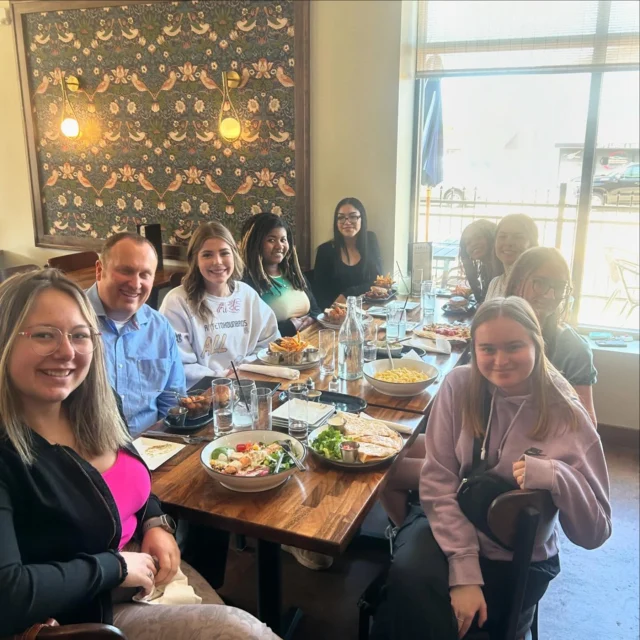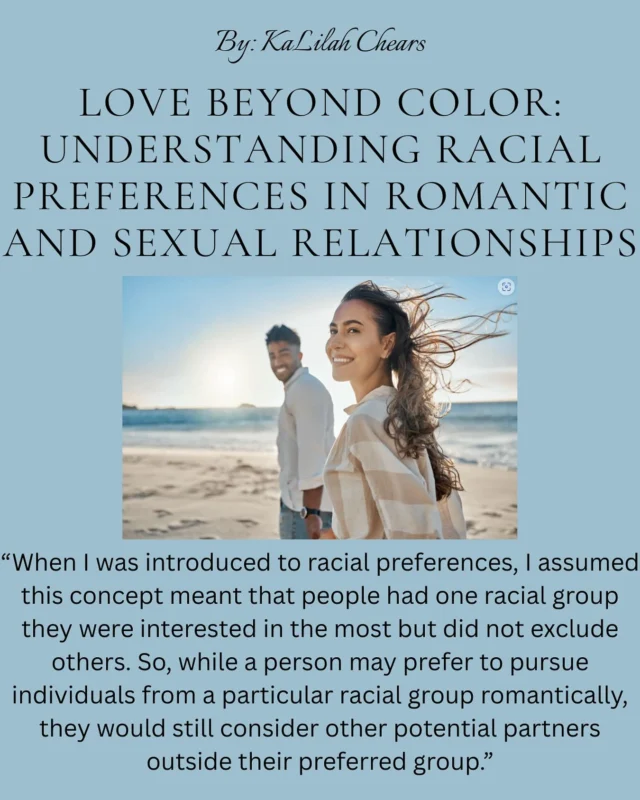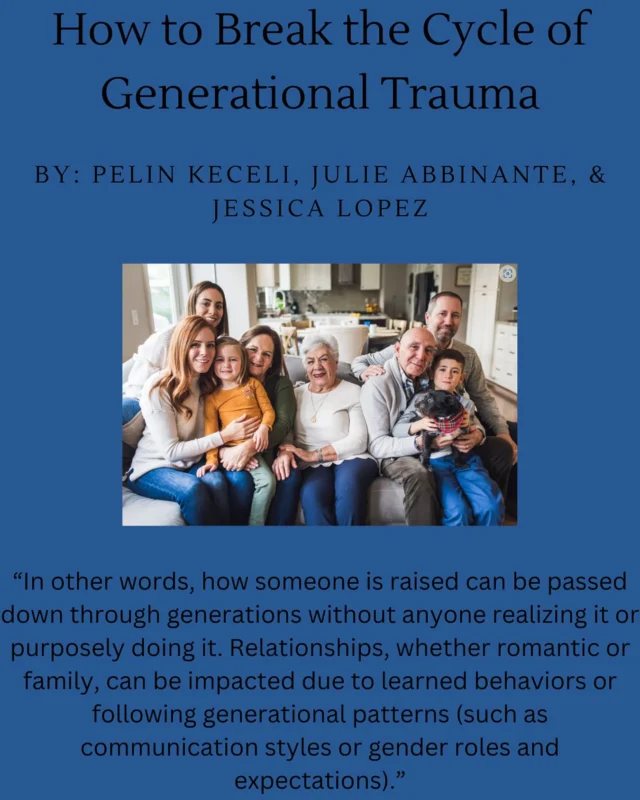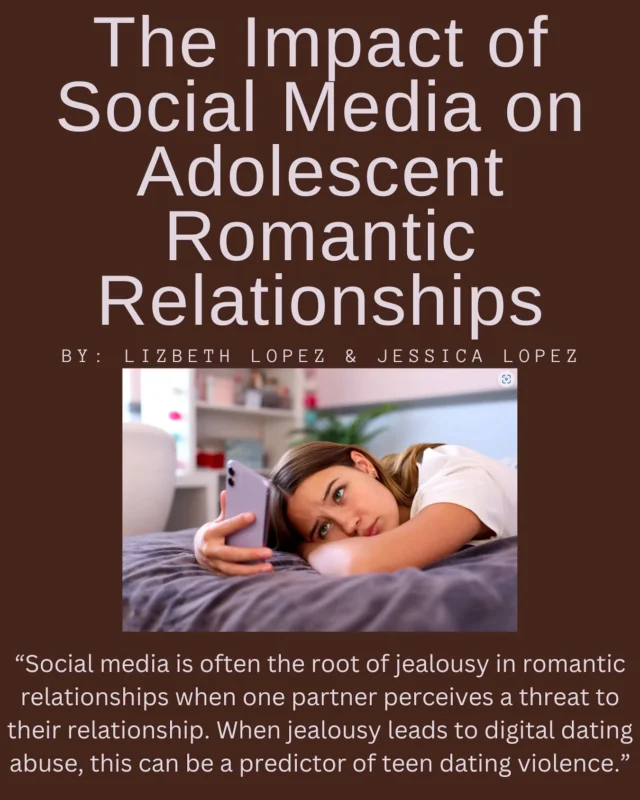Psychiatrist and professor at Harvard Medical School, Dr. Robert Waldinger, has overseen an on going 75-year study along with many of his colleagues to find an answer to a question that potentially everyone tries to figure out at some point in life. What makes us happy? As a society, we get advertised to regularly about things that will make us happy. We spend money trying to buy happiness and we fall into addictions of many kinds to try to avoid feelings that are not happiness. But now we are the most in debt, medicated, obese, and addicted adult cohort in American history (Brown, 2010). So, what then, is the answer so many of us are trying to find? Dr. Waldinger (2016) discovered that what made people happier (and healthier) was having good relationships. The Harvard Study of Adult Development found that people who have quality relationships live longer, happier, healthier lives. So that made me wonder, how do we experience the level of connection that will provide us with these kinds of quality relationships?
Dr. Brenè Brown (2011) points out in her research that we are neurobiologically wired for connection. In her book, Daring Greatly, she wrote, “Connection is why we’re here; it is what gives purpose and meaning to our lives” (Brown, 2012, p. 253). And in her Ted Talk, “The Power of Vulnerability”, she said, “In order for connection to happen we have to allow ourselves to be seen” (Brown, 2011). As many of us know, sometimes it’s lovely to be seen. But other times, it would be much easier to hide the less-than-pretty parts of ourselves (and yes, we all have them). So then, what about those times when it would be easier to slip a part of our story under the rug? Well, those moments call for our vulnerability.
Many people, when asked what vulnerability is synonymous with, would say weakness. However, Dr. Brenè Brown would argue that vulnerability is not weakness, and I would have to agree. It takes courage to be able to be honest about the parts of ourselves that we’re not so fond of. Yet due to our fears of disconnection, we find ways to cover up the things that may make us seemingly less lovable or worthy of connection.
Brown makes the analogy in Daring Greatly that, “masks and armor are perfect metaphors for how we protect ourselves from the discomfort of vulnerability” (Brown, 2012, p. 113). She goes on to reveal from her data the three most common types of armor that individuals use: foreboding joy, perfectionism, and numbing (Brown, 2012, p. 117). Brown discusses how we stay in discomfort instead of risk the vulnerability of being let down; we act like we have it all together and put on an exhaustive performance instead of being honest about our imperfections; and we “numb the pain that comes from feeling inadequate and ‘less than’” (Brown, 2012, p. 138). Simply put, we avoid vulnerability.
Yet, interestingly enough, Brown also reveals through her work that vulnerability is the birthplace of joy, creativity, belonging, and love (Brown, 2011).
“True belonging is the spiritual practice of believing in and belonging to yourself so deeply that you can share your most authentic self with the world and find sacredness in both being a part of something and standing alone in the wilderness. True belonging doesn’t require you to change who you are; it requires you to be who you are.” – Brenè Brown
So, how then, can we go from avoiding vulnerability to embracing it? Brown lays out several findings of antidotes to our armor and answers to how we can embrace vulnerability and let go of the destructive behaviors that we do to try to avoid it.
- Practice gratitude (Brown, 2012, p. 123): When we extend appreciation for what we have in our lives, we become happier and more connected with our experiences including the people and things in our lives. This helps bring us in alignment with our joy.
- Cultivate shame resilience (Brown, 2012, p. 131): Recognize shame and understand its triggers, practice critical awareness (question and analyze the shame messages), reach out, and speak about your shame. (Brown, 2012, p. 75)
- Cultivate self-compassion (Brown, 2012, p. 131): This gives us the space to give grace to our errors (as we all have them). Self-compassion allows us to embrace our own humanness as well as that of others.
- Own your story (Brown, 2012, p. 131): Know that you are worthy, and you are enough. This is about embracing all the parts of you and accepting ourselves as we are. We do not need to deny our truth in order to be loved and accepted, but rather we need to embrace it.
- Set boundaries (Brown, 2012, p. 142): Setting boundaries gives us the opportunity to know our own worth and protect our energy. It allows us to not take on more than what is sustainable and therefore, to not become anxious from agreeing to what we cannot maintain.
- Find true comfort (Brown, 2012, p. 142): True comfort allows us the space to experience real rest and pleasure. True comfort doesn’t take us out of connection, it creates space for connection.
- Cultivate spirit (Brown, 2012, p. 142): Choose what makes you feel alive – that which makes you feel spirited. This is about choosing true nourishment and choices that add to our well-being.
- Know that you are enough (Brown, 2012, p. 116): The armor and masks that we use to cover our vulnerabilities come from a place of not being “enough.” When we know that we are “enough,” we can stop comparing and judging ourselves for what we don’t have and who we are not.
- Honor what is ordinary about your life (the people you love, your kids, your family, nature, play, and your community): If we are constantly striving for extraordinary moments, we will miss out on the ordinary moments that are where we find joy. Appreciating our ordinary moments will help to contribute to a more fulfilling life.
Through this journey, it’s important to remember to be kind to ourselves and to know that we are worthy, we are enough, and our stories do matter. It’s also helpful to remember when our loved one shares their vulnerabilities with us, that we can help increase the intimacy in the relationship by responding in a supportive way (Khalifian & Barry, 2020). As we embark on the journey of life and the adventure of finding what makes us happy, I hope we remember to take with us that which helps us step more fully into who we are.
As explained by former First Lady Michelle Obama in the documentary Becoming:
“If we can open up a little bit more to each other and share our stories, our real stories, that’s what breaks down barriers. But in order to do that, you have to believe that your story has value. Be vulnerable. Dare to be vulnerable.”
References
- Brown, B. (2010, October 12). The price of invulnerability [Video]. TED. https://www.youtube.com/watch?v=_UoMXF73j0c
- Brown, B. (2011, January 3). The power of vulnerability [Video]. TED. https://www.youtube.com/watch?v=iCvmsMzlF7o
- Brown, B. (2012). Daring greatly: How the courage to be vulnerable transforms the way we live, love, parent, and lead. Gotham Books.
- Khalifian, C. E. & Barry, R. A. (2020) Expanding intimacy theory: Vulnerable disclosures and partner responding. Journal of Social and Personal Relationships, 37(1), 58-76.
- Hallgren, N. (Director). (May 6, 2020). Becoming [Film]. Higher Ground Productions; Big Mouth Productions
- Schawbel, D. (2017, September 12). Brenè Brown: Why human connection will bring us closer together. Forbes. https://www.forbes.com/sites/danschawbel/2017/09/12/brene-brown-why-human-connection-will-bring-us-closer-together/?sh=48b2c2362f06
- Waldinger, R. (2016, January 25). What makes a good life? Lessons from the longest study on happiness [Video]. TED. https://www.youtube.com/watch?v=8KkKuTCFvzI
Discover more from Decide To Commit
Subscribe to get the latest posts sent to your email.











